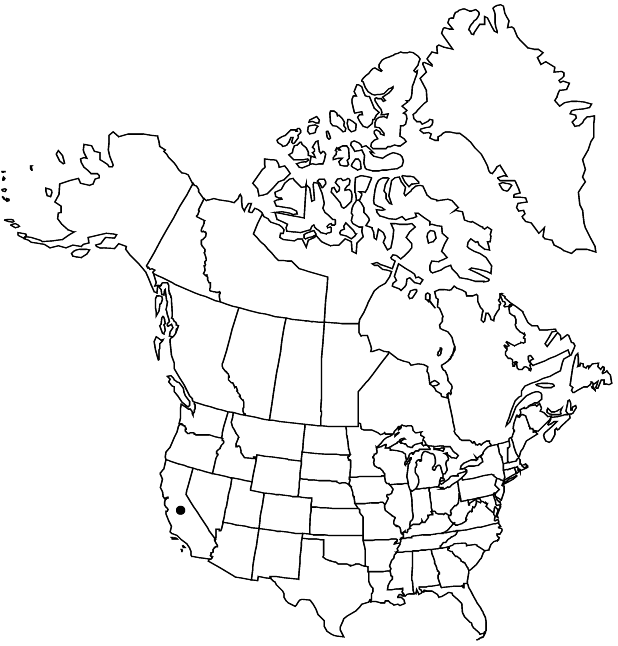familyCrassulaceae
genusDudleya
subgenusDudleya subg. Dudleya
speciesDudleya saxosa
subspeciesDudleya saxosa subsp. saxosa
Difference between revisions of "Dudleya saxosa subsp. saxosa"
Endemic
Treatment appears in FNA Volume 8. Treatment on page 187.
imported>Volume Importer |
imported>Volume Importer |
||
| Line 46: | Line 46: | ||
|publication year= | |publication year= | ||
|special status=Endemic | |special status=Endemic | ||
| − | |source xml=https:// | + | |source xml=https://bitbucket.org/aafc-mbb/fna-data-curation/src/2e0870ddd59836b60bcf96646a41e87ea5a5943a/coarse_grained_fna_xml/V8/V8_376.xml |
|genus=Dudleya | |genus=Dudleya | ||
|subgenus=Dudleya subg. Dudleya | |subgenus=Dudleya subg. Dudleya | ||
Latest revision as of 22:43, 5 November 2020
Caudices 1–1.5 cm diam. Leaf blades 3–9 × 0.5–1.5 cm, 1.5–3 mm thick. Inflorescences: floral shoots red, 5–10-leaved, 5–20 × 0.2–0.4 cm; cincinni 2–9-flowered, 1–4 cm. Pedicels 5–10 mm. Flowers: sepals 2.5–6 mm; petals bright yellow, red-tinged, 9–12 mm. 2n = 136, 170.
Phenology: Flowering spring.
Habitat: Cliffs, rocky slopes
Elevation: 1100-2200 m
Discussion
Subspecies saxosa is known from the Panamint Mountains; this well-isolated polyploid subspecies differs from the other subspecies mainly in its smaller size.
Selected References
None.
Lower Taxa
None.
